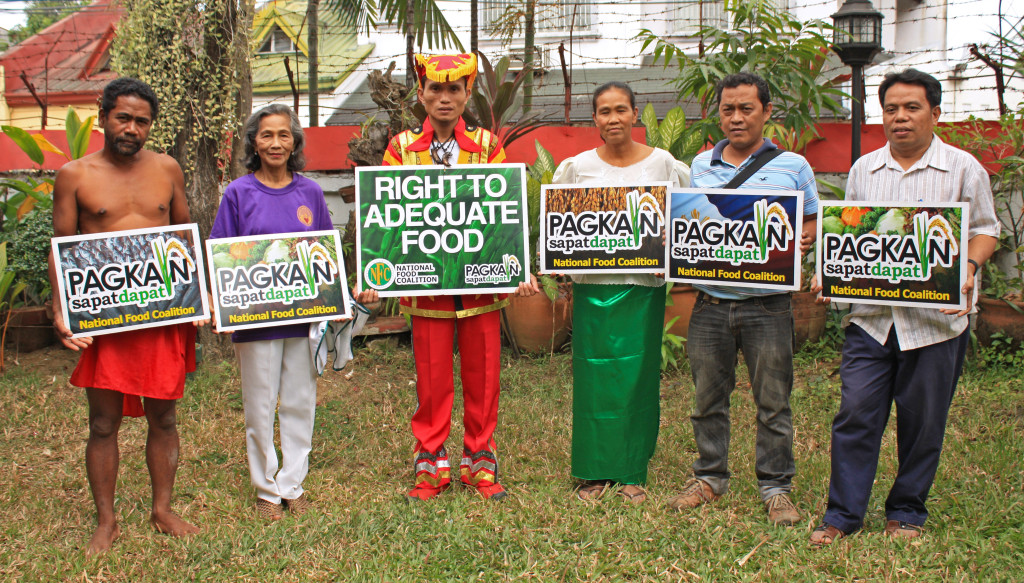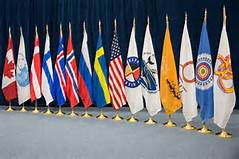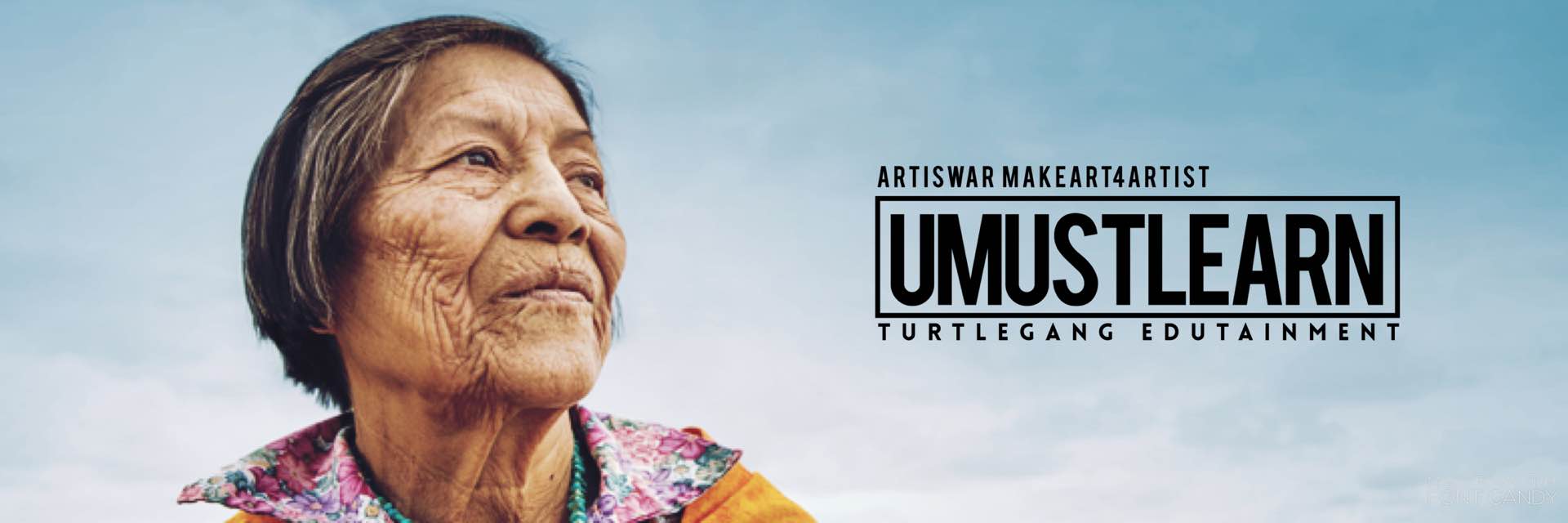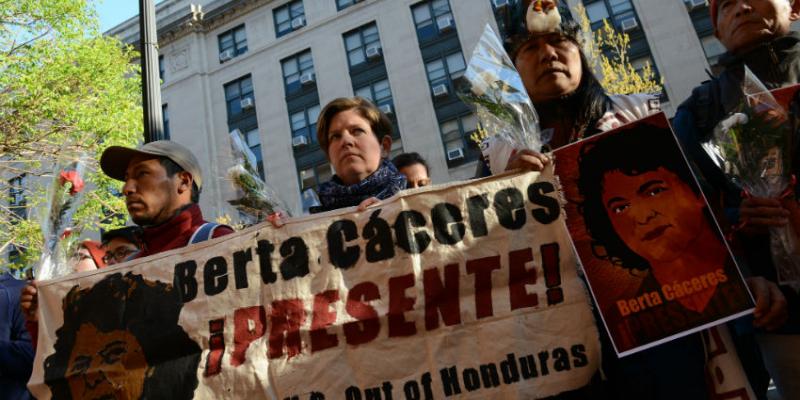 INDIGENOUS RIGHTS ORGANIZATIONS COME OF AGE
INDIGENOUS RIGHTS ORGANIZATIONS COME OF AGE
 On August 9, 2008, the International Day of Indigenous Peoples, Amazonian Indigenous Peoples across eastern Peru, organized by the Inter-ethnic Association for the Development of the Peruvian Rainforest (AIDESEP), held a massive but peaceful demonstration. They paralyzed road and river transportation, closed a hydroelectric plant, and blocked the output of oil and gas pipelines. They were protesting the numerous decrees issued by Peruvian president Alan Garcia that would open up vast tracks of the Amazon rainforest for logging, oil and gas exploration, and hydroelectric dams without consulting Indigenous Peoples. The decrees were issued pursuant to special legislative powers that the Peruvian Congress granted to Garcia earlier that year to facilitate the implementation of the U.S.-Peru Free Trade Agreement.
On August 9, 2008, the International Day of Indigenous Peoples, Amazonian Indigenous Peoples across eastern Peru, organized by the Inter-ethnic Association for the Development of the Peruvian Rainforest (AIDESEP), held a massive but peaceful demonstration. They paralyzed road and river transportation, closed a hydroelectric plant, and blocked the output of oil and gas pipelines. They were protesting the numerous decrees issued by Peruvian president Alan Garcia that would open up vast tracks of the Amazon rainforest for logging, oil and gas exploration, and hydroelectric dams without consulting Indigenous Peoples. The decrees were issued pursuant to special legislative powers that the Peruvian Congress granted to Garcia earlier that year to facilitate the implementation of the U.S.-Peru Free Trade Agreement.
The Peruvian government’s initial response was to blame outside agitators, as if Peru’s Indigenous Peoples lacked the capacity to understand the import of the president’s undemocratic actions or their own rights. After a tense week, Peru’s legislature repealed two decrees that would have made it easier for the government to dispose of Indigenous communities’ lands. AIDESEP then announced an end to the protest, but warned that the demonstrators would be back in 2009 if other decrees harmful to the rainforest and their collective rights were not revoked as well.
Indeed, by April 2009, the demonstrators were back, and in even greater numbers. On Friday, June 5, a bloodbath ensued when police in helicopters opened fire on hundreds of protesters blocking a highway in northern Bagua province. According to an official investigation, 23 police and 10 Indigenous people were killed, and 200 were injured. AIDESEP puts the number of Indigenous killed or missing much higher. This time the government was more circumspect about laying the blame on outsiders, though that did not stop President Garcia from labeling the protesters “brutal savages” or Prime Minister Yehude Simon from accusing Bolivian President Evo Morales of urging them on.
But the violence also marked a turning point. Not only did it tarnish Peru’s image abroad, but it also forced Peruvians to come to terms with the second-class status of their Amazonian Indigenous population. Just two weeks later, President Garcia ate humble pie on national television, the Congress revoked the two most egregious of the decrees, and a nationally respected analyst declared that “the Indians beat [the government] by a knockout.”
The Peruvian protests are emblematic of a growing trend. Around the globe, homegrown Indigenous rights organizations are emerging that are determined to defend their rights and not become victims of government land or resource grabs to support unfettered national growth. Arctic peoples have sued the United States in international bodies for the human rights violations caused by U.S. greenhouse emissions, and they now stand poised to block international efforts to claim oil and gas in Arctic waters newly freed from ice by global warming. Cultural Survival is also part of this movement. We are partnering with Ngöbe communities in the Bocas del Toro region of Panama to try and halt a hydroelectric dam that is being constructed on their lands without their consent. And we are proud of our partnership with the Assocação Xavante Wara and MOPIC, two Indigenous-led groups fighting to defend the rights of Indigenous Peoples living in the vast Brazilian Cerrado, which is the subject of this issue of Cultural Survival Quarterly.
Indigenous Peoples worldwide have said “enough” to racist attitudes. They’ve said “enough” to yielding their lands and resources to powerful governments or corporations that act undemocratically or without respecting Indigenous Peoples’ right to give their free, prior, and informed consent to development decisions affecting them. And they’ve said “enough” to those who assert that Indigenous Peoples are dependent on outsiders to urge them on or to speak for them.
Given the magnitude of the environmental, economic, interethnic, and security problems facing the world today, the maturation of the Indigenous rights movement comes none too soon. Indigenous Peoples have much to teach us about stewarding our planet, managing to do more with less, peacefully resolving disputes, and—as the Bagua, Peru protest underscores—standing up to those who would abuse their positions of power to achieve ends that violate human rights. They deserve our rapt attention, and our support.










